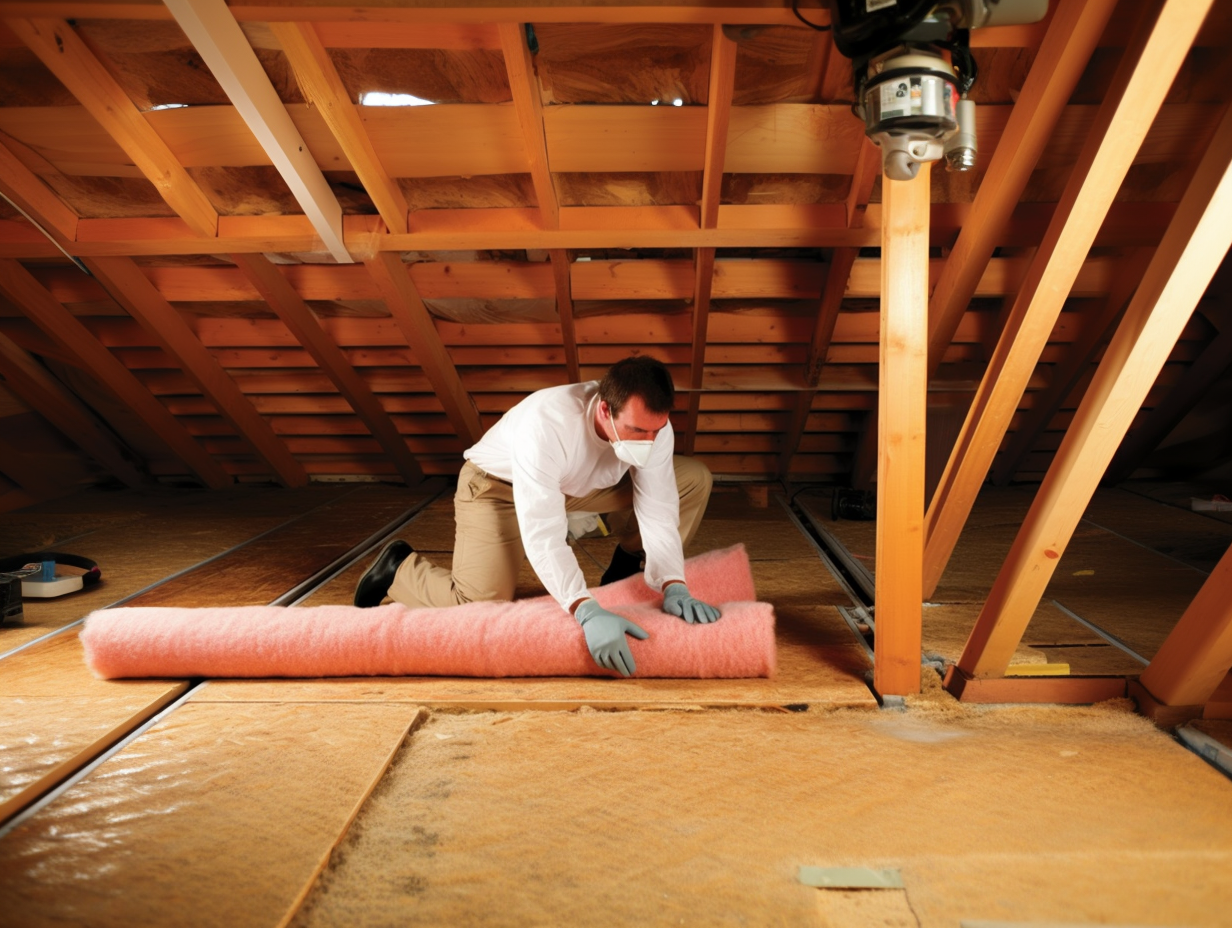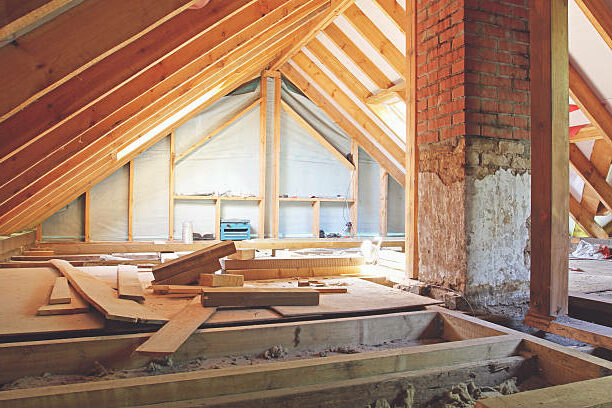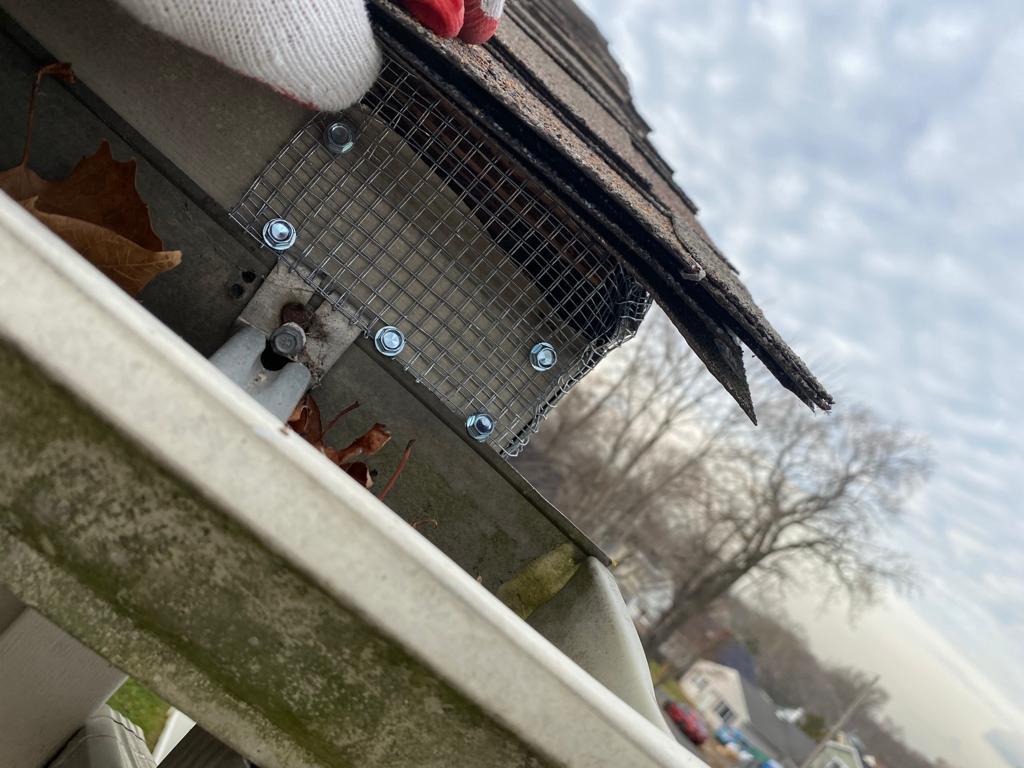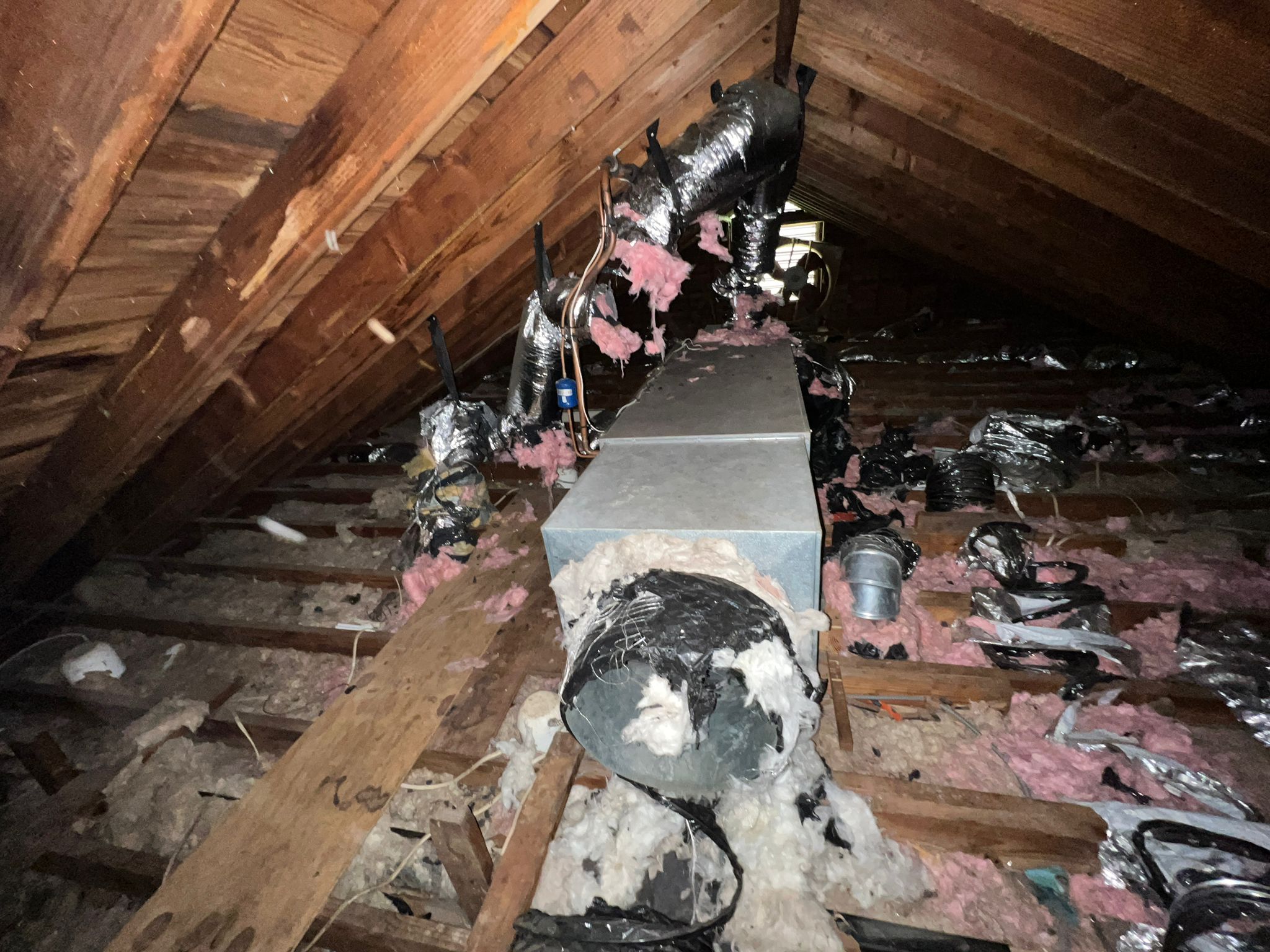
A Homeowner’s Guide to Attic Maintenance
A Homeowner’s Guide to Attic Maintenance As homeowners, we probably should be paying more attention to ensuring we have a well-maintained attic. Since the attic

As rodents enter your home, their most desired place to seek shelter is your attic. Allowing rodents to invade and nestle into your attic can lead to unwanted expenses and the potential of exposure to diseases. The most efficient way to keep your home and loved ones safe is to take the necessary steps to rodent-proof your attic.
Before you begin to rodent-proof your attic, you need to first acknowledge that you have a rodent problem. Rodents can damage attic insulation when searching for materials to build their nests and chew holes in the structure of your home. You may also notice rodent feces or even scrambling noises in your home’s ventilation.
Residential attics are an appealing place for rodents to seek shelter, along with having access to food and water. However, the presence of rodents in your attic can lead to costly damage. Knowing when you have a rodent infestation can help you recognize when to call our rodent-proofing services.
One of the most known signs that you are dealing with an infestation is noticing rodent scratching noises. Rodents, such as flying squirrels, bats, and mice often like to venture through quiet areas of your home, which leads to noticeable noises that come from your ceilings or walls. These noises are most common and noticeable at night, so if you suspect you’re dealing with a squirrel, you can inquire about squirrel removal.
As rodents venture around your attic, they’ll tend to leave their droppings that will appear in various areas. While you’ll find most of the droppings located in your attic area, they have the potential to make their way down to the more comfortable parts of your home. If you’ve begun to spot rodent droppings, you should immediately call our rodent-proofing services.
If you’ve gone up to your attic and conducted an inspection and don’t see any rodents, you might notice evidence of damaged attic insulation. Rodents love to nestle into the insulation to construct their nests, which could lead to gnawed insulation. In addition, you may also notice wires, air ducts, sheetrock, joists, and vents that have been clawed on or chewed on.
Before you even notice that you have a rodent infestation, you should always rodent-proof your attic. Rodent-proofing your attic is the best approach to making sure that these dangerous pests have a difficult time when trying to enter your attic. If you’ve taken every approach without success, you can contact our skilled expert rodent-proofing services that will use a meticulous and accurate proofing approach to secure your attic.
The first step you’ll want to take is to close off all entry points that rodents could find appealing. This is done by inspecting your home to find any open holes or gaps that are located at the ground or roof level. This will include any vents, roofing lines, door seals, or missing bricks.
One of the main areas that you’ll want to inspect is your roof or any vents that enable access to your attic. It’s important to keep in mind that rodents can move through very small spaces, so you need to look for extremely small openings. To fill these small holes, you’ll want to use a sealant that is rodent-proof.
Ensuring that you have properly stored your food will take away any chance that it has attracted rodents. Rodents can survive on small amounts of food each day, so you’ll want to make sure you clean up small messes, even crumbs, and stains. This will make sure that rodents aren’t able to attract other rodents, lengthening their survival time in your attic.
A temporary method of rodent-proofing your attic is by laying out traps. The number of traps and where you strategically place them will determine how successful your rodent trapping turns out to be. The best way you can lay traps is to follow the rodent droppings.
As rodents are very cautious, you need to make sure that you have enough traps to cover your entire affected area. You’ll want to set these traps along walls or in corners in the event you may have mice. If you suspect a squirrel or raccoon problem, do not lay any traps and immediately call our squirrel removal service
Rodents are known to be very strategic climbers, along with jumping capabilities. By trimming overgrown trees near your home, you will be removing their climbing entryway. By trimming back your shrubs, you are also removing any hiding spots rodents take during the day if they aren’t occupying your attic.
Another step you’ll want to take is inspecting your doors, frames, and windows. Replace any weather stripping that doesn’t produce a tight seal. If you notice any damage from gnawing located on your doors, you should install a metal kick plate to prevent any rodents from gnawing in the future.
If you have pipes that run vertically up your home, this can be a direct pathway that is used by mice and rats. To stop rodents from climbing, you can use a high gloss paint band around the pipe that is located at least 3 feet from the ground. If that approach is unsuccessful, you can place a metal rodent guard around your pipe.
Rodents love finding dark, cozy places to create their nests. If you’re like most homeowners and use your attic for storage, you’ll want to make sure that you are using rodent-proof storage containers to hold your most cherished possessions. Depending on the type of rodent, some can chew through plastic, however, this is still the best approach when compared to using a cardboard box.
To remove rodent odors from urine and feces, you can try cleaning and disinfecting your attic area. Rodents such as rats and mice are very territorial and will mark their territory using their urine and feces. Even if you manage to get rid of the rodents, unless you’ve completely removed the odor, it will keep attracting more.
If your attic is clean of rodents and you want to avoid any future visitors, you can install new attic insulation. If rodents caused damage to your old insulation, installing new insulation will be required and even make your home more energy-efficient. To further improve your energy efficiency, make sure you have sealed additional gaps in your attic.
If you’ve taken every step on 10 Steps On How To Rodent Proof Your Attic and have still been proven to be unsuccessful, you can call our skilled technicians who provide rodent-proofing services. At Master Attic LLC, our skilled professionals will find all hidden entry points and user-friendly methods to block these areas without affecting your ventilation. After we rodent-proof your attic, we will conduct an intense cleanup to remove any urine and feces that may cause damage or bacteria.
Although it is not recommended to tackle rodent problems entirely on your own, these steps may help lower the chances of a rodent encounter. Attics are every rodent’s dream environment with warm insulation and are less often visited by homeowners. If you’ve recently had rodent removal, you can follow up with our skilled professional, who provides rodent-proofing services.
Our skilled professionals at Master Attic LLC have years of experience and are very familiar with rodent behavior. We will locate all points of entry and swiftly seal up your home.
Contact Master Attic For Your Free Estimate

A Homeowner’s Guide to Attic Maintenance As homeowners, we probably should be paying more attention to ensuring we have a well-maintained attic. Since the attic

Rodent-Proofing Vs. Exterminator If one area of your home is most neglected, it’s your attic. When too small to use as a functional space, most

Common Attic Insulation Mistakes and How the Experts Fix Them We use our attics for more than storing old furniture items and clothing. Our attics

We strive endlessly to provide a service like no other; quality, safety and comfort is our #1 priority for your family.
Fully Licensed and Insured
NJ # 13VH09509100
PA # 147980
Look out for a confirmation email!
A Master Attic Pro Will Reach Out To You Shortly
